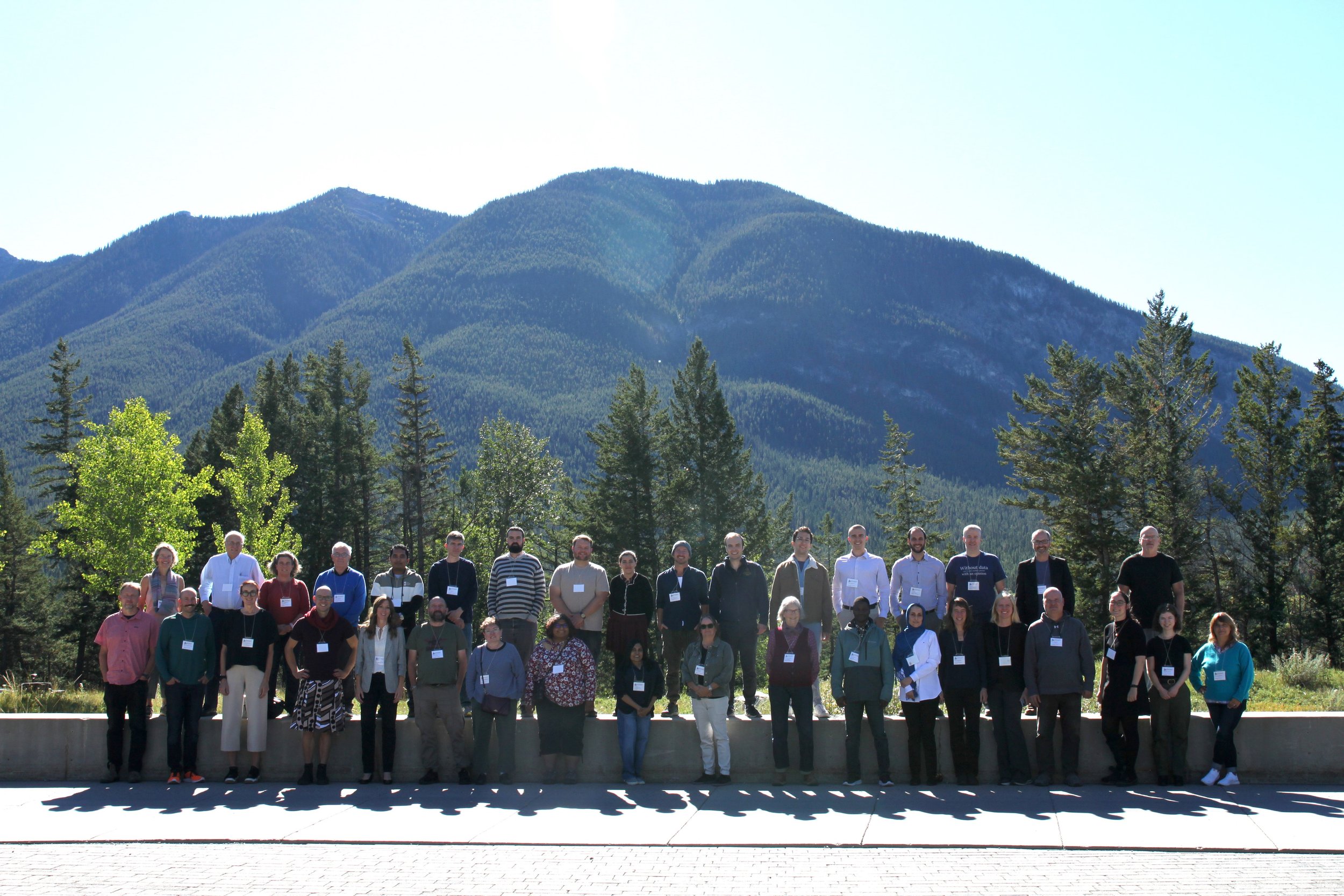The Building Blocks of Community Resilience
In partnership with our colleagues at Orange Sparkle Ball, we’ve been taking deep dives into the multi-disciplinary world of social ecosystems, networks and community. Through exploratory research, data science, and field-based practice across sectors, we are focused on developing novel insights and actionable strategies for ecosystem leaders and innovators. In this feature, we propose a taxonomy of network resilience.
Community resilience is a dynamic ecosystem process linking a network of adaptive capacities (resources with dynamic attributes) to adaptation after a disturbance or adversity (Norris et al, 2008). We also believe that such processes can be shaped and built to take advantage of nascent and emergent opportunities in a community as a way to optimize ecosystem impact (Kennedy, Bonnett, & Garstka, 2024; Garstka, Kennedy, & Bonnett, 2024).
Dr. Garstka presented in the fall to international colleagues attending the SocioEconomic Mathematical Epidemiology: Developing Mathematical Modelling Theory workhop at the Banff International Research Station for Mathematical Innovation and Discovery. The Canadian Rockies provided a stunning backdrop for blending expertise across disciplines to better understand social behavior using mathematical techniques. This venue helped to deepen our thinking about modeling community resilience.
During the Banff presentation, we proposed a Taxonomy of Network Resilience. Using network science and ecosystem measurement as a foundation, this framework serves as a way to classify whether a social ecosystem is vulnerable or vital, fragile or adaptable. We propose key determinants of network resilience: 1) The effectiveness of a network or community in influencing and driving outcomes; and 2) The adaptive ability of a network or community to endure disruptions, to optimize towards emergent strengths, and to maintain functionality despite structural losses.
The building blocks of community resilience are the elements, activities, and processes that are measurably linked to both effectiveness and adaptability. What we mean by that is there are specific ways we can shape how a social ecosystem is designed, how interactions within it are strengthened, and how essential connections are either made or sustained. Those building blocks can and should be driven by research, evidence, and data as well as validated through continuous measurement, piloting and testing. The goal is to improve the effectiveness and adaptability of the entire social ecosystem as a demonstrable measure of community resilience.
This is where ecosystem design and strategy as an intentional field of practice, expertise, and research is emerging more fully. There are a viable set of innovative tools, data, and processes that can be used to build upon what we already know about networks and ecosystems to inform our work. We see clear pathways where we can intervene in how we design and shape a community ecosystem to be more adaptable and effective, and as a result, more resilient.
In the coming weeks, we’ll introduce theory, research, and data analytic methodologies for defining and testing the determinants of network resilience. The value of quantifying community resilience is clear from our research and that of others, such as the Center for Community Resilience and Center for Risk-Based Community Resilience Planning. We seek to infuse the field of community resilience with ecosystem measurement and network science methodologies in the service of anticipatory design and precision interventions.
We also think what comes after the science may matter most. We are working on testable strategies and best practices for actively designing and creating the conditions that promote and strengthen ecosystem effectiveness and adaptability. By translating research into process, our goal is to offer actionable ways to optimize dynamic community networks and ecosystems for maximal resilience and impact. We imagine what is possible and work to make it happen now — a future full of resilient communities for all is well within reach.


